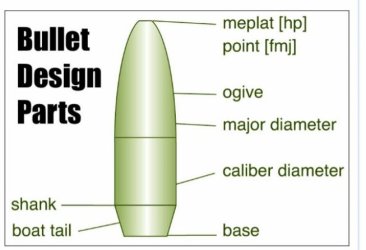Believe it or not, many modern cartridges, especially the Creedmoors, prefer the opposite. They tend to be happier with a slightly looser case fit since the chamber use the shank of bullet itself for centering*. The standard SAAMI 6.5 and 6mm Creedmoors have almost .2" of very tight (half a thou clearance) freebore** and typically, the shank of the bullet is inside this section when the cartridge is chambered. The OP mentioned that this chamber was throated deeper than normal and the photo in post 21 shows over .25" of the shank extending from the case. The tight section of freebore should start somewhere around 1.94" from the base. In other words, the shank of even the shortest bullet is positioned inside the freebore.Size only 1/2 of neck with bushing. Unsized part fully expands to chanber, soon or later.
* For comparison, many cartridges, including the SAAMI 30-06, 270, 280AI, 300 WM and 300 WSM, only have a forcing cone into the rifling and no section of snug freebore for bullet alignment. These cartridges greatly benefit from the "1/2 neck sizing" technique.
** The SAAMI 308, for example, has less than half this length of freebore with 4 times the slop.

